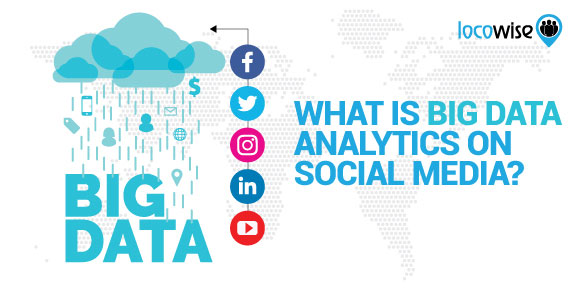
The model is applied to the current data to predict what would happen next. Predictive analysis uses historical data and feds it into the machine learning model to find critical patterns and trends. Probability theory, regression analysis, filtering, and time-series data analytics can all be useful for uncovering hidden stories in the data.
#Data analysis programs for understanding ticket pricing free
It aims to create structured data out of free and unstructured content. Text analysis is a technique to analyze texts to extract machine-readable facts. The data here present themselves in terms of measurement scales and extend themselves for more statistical manipulation. Generally, this analysis is measured in terms of numbers.

Such analysis is usually in the form of texts and narratives, which might also include audio and video representations. This approach mainly answers questions such as ‘why,’ ‘what’ or ‘how.’ Each of these questions is addressed via quantitative techniques such as questionnaires, attitude scaling, standard outcomes, and more. There are various examples where data analysis is used, ranging from transportation, risk and fraud detection, customer interaction, city planning healthcare, web search, digital advertisement, and more.Ĭonsidering the example of healthcare, as we have noticed recently that with the outbreak of the pandemic, Coronavirus hospitals are facing the challenge of coping up with the pressure in treating as many patients as possible, considering data analysis allows to monitor machine and data usage in such scenarios to achieve efficiency gain.īefore diving any more in-depth, make the following pre-requisites for proper Data Analysis: Ensuring data integrity is one of the essential components of data analysis. Data generation is a continual process this makes data analysis a continuous, iterative process where the collection and performing data analysis simultaneously. These analytical procedures enable us to induce the underlying inference from data by eliminating the unnecessary chaos created by its rest. The systematic application of statistical and logical techniques to describe the data scope, modularize the data structure, condense the data representation, illustrate via images, tables, and graphs, and evaluate statistical inclinations, probability data, and derive meaningful conclusions known as Data Analysis.

Data Requirement Specification - define your scope:

What is Data Analysis? Definition & Example.


 0 kommentar(er)
0 kommentar(er)
